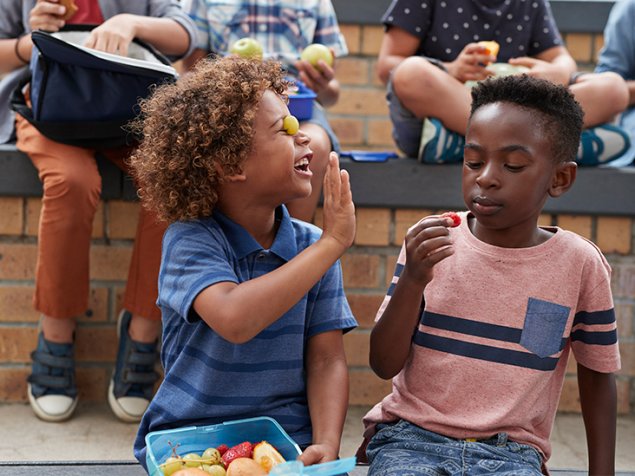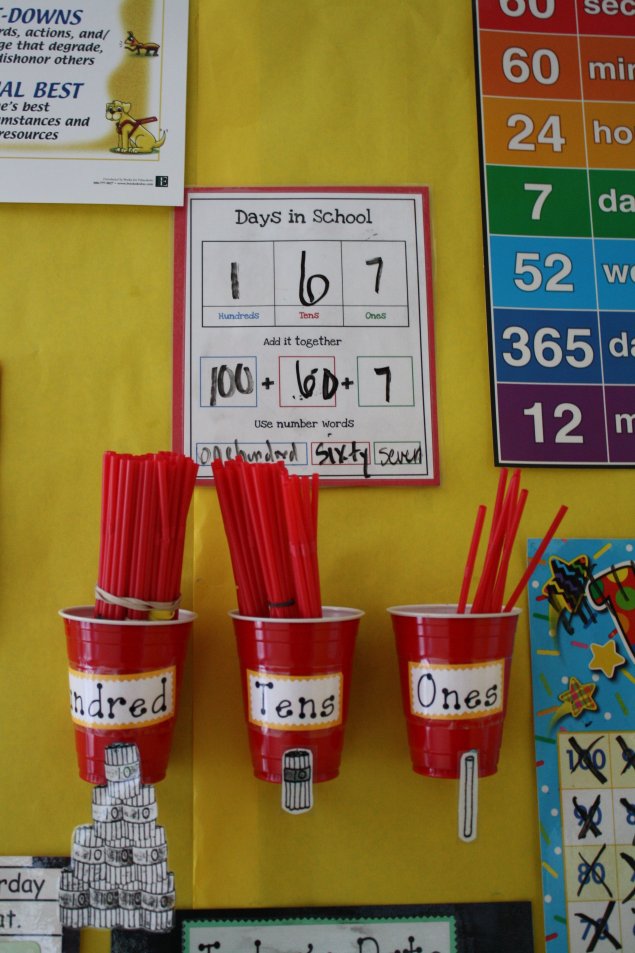Culture of Learning
Link to this section
Guiding Question: Are All Students Engaged in the Work of the Lesson From Start to Finish, Demonstrating a Sense of Purpose and Belonging?
Anchor instruction in the developmental strengths, needs, and realities of your students and adapt instruction as these change. Ensure that all students are engaged in the work of the lesson from start to finish, curating content and activities to support students in demonstrating their understanding and building a sense of purpose and belonging.
Supporting a Student Centered Culture of Learning Link to this section
Culture of Learning CORE Rubric Teaching Practices
Link to this section
Build Authentic Learning Partnerships
- Develop awareness of your own cultural lens and its impact on relationships with students.
- Show genuine interest and learn about students’ cultural, religious, family, intellectual, and personal experiences and resources, and share your own background and experiences, to best support student learning.
- Give students opportunities and support them to develop their own identity, purpose, and value.
- Develop an active interest in students’ well-being and demonstrate that interest through engagement with students.
- Instill a growth mindset in students, encouraging them to take risks, reflect, and make improvements.
- Encourage growth through self-reflection and assessment.
- Establish and reinforce class expectations for empathetic and respectful interactions.
- Use trauma-informed practices to build relationships with students who have experienced trauma.
- Communicate with parents or other caregivers to promote student growth.
Specify and Reinforce Productive Student Behavior
- Set and communicate developmentally appropriate expectations and goals.
- Provide specific, observable, concrete, and sequential directions for behavior and academics.
- Follow up a direction by narrating the positive and use acknowledgment systems to increase the number of students meeting expectations.
- Continuously scan, narrate, and use proximity to proactively reinforce on-task behavior and redirect off-task behaviors.
- Use least-invasive redirects (non-verbal cues, positive group corrections, anonymous individual corrections, private affective statements, private prompts, and impromptu restorative chats) to respond to behavior.
- Respond consistently and appropriately to challenging behavior by using least-invasive redirects, presenting choices, and then issuing logical consequences (time out or loss of privilege).
- Maintain consistent teacher presence by using voice, tone, and body language to convey caring and high expectations for students.
- Facilitate effective student collaboration.
Implement Organizational Routines
- Strategically organize physical classroom space, furniture, and materials to support an efficient and comfortable learning environment.
- Demonstrate, model, and reinforce routines and transitions.
- Use efficient procedures for starting and closing lessons.
- Respond to standard student requests without interrupting instruction.
- Design, set up, model, and manage small group work effectively.
- Maintain an appropriate pace throughout the lesson.
This page was last updated on May 1, 2023




